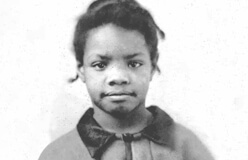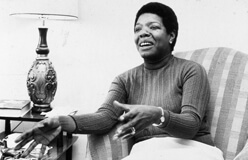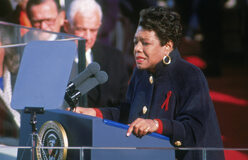When a baby is born, most parents have all the hopes in the world that their baby will have a childhood of only positive experiences.
For the artist we’ve come to know as Maya Angelou, it was not to be. And yet, there were those who would help her build a life that would touch millions of others.



